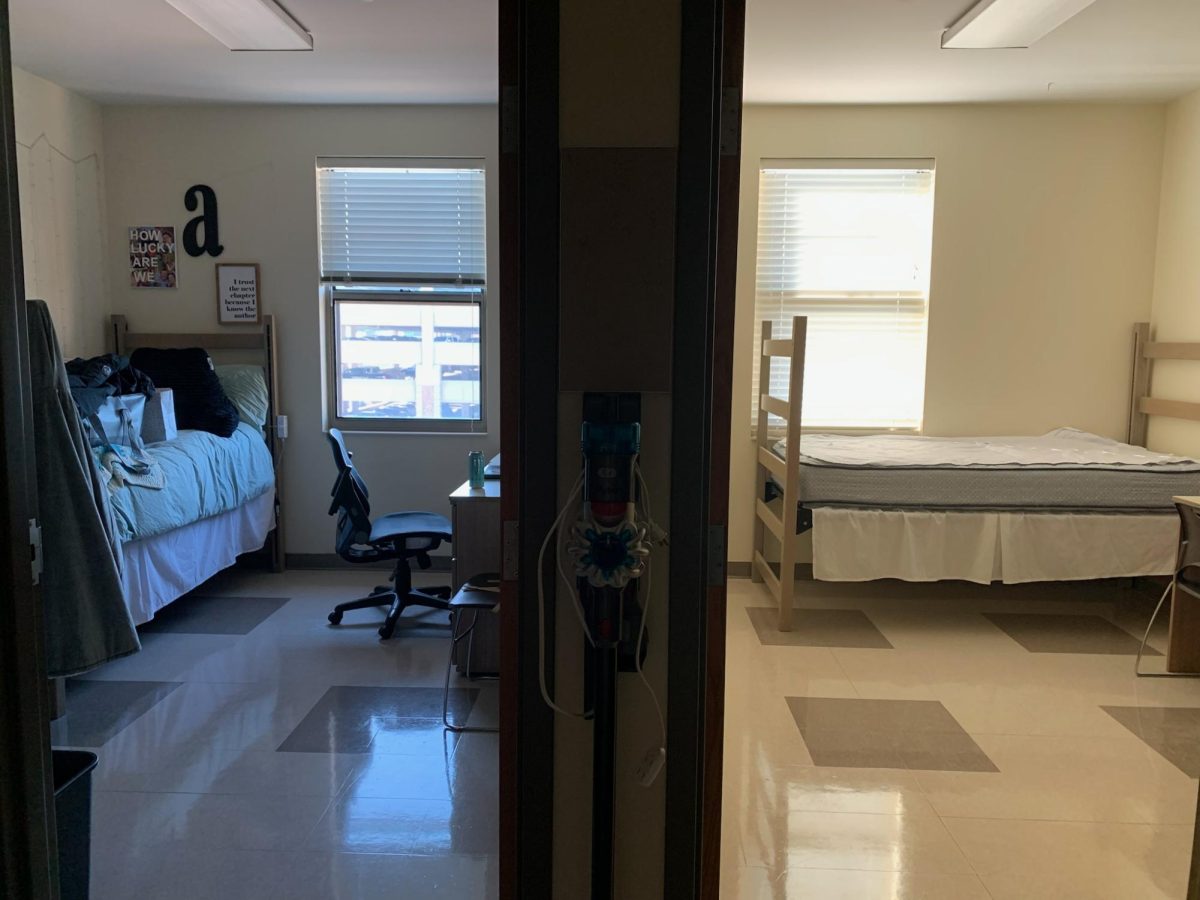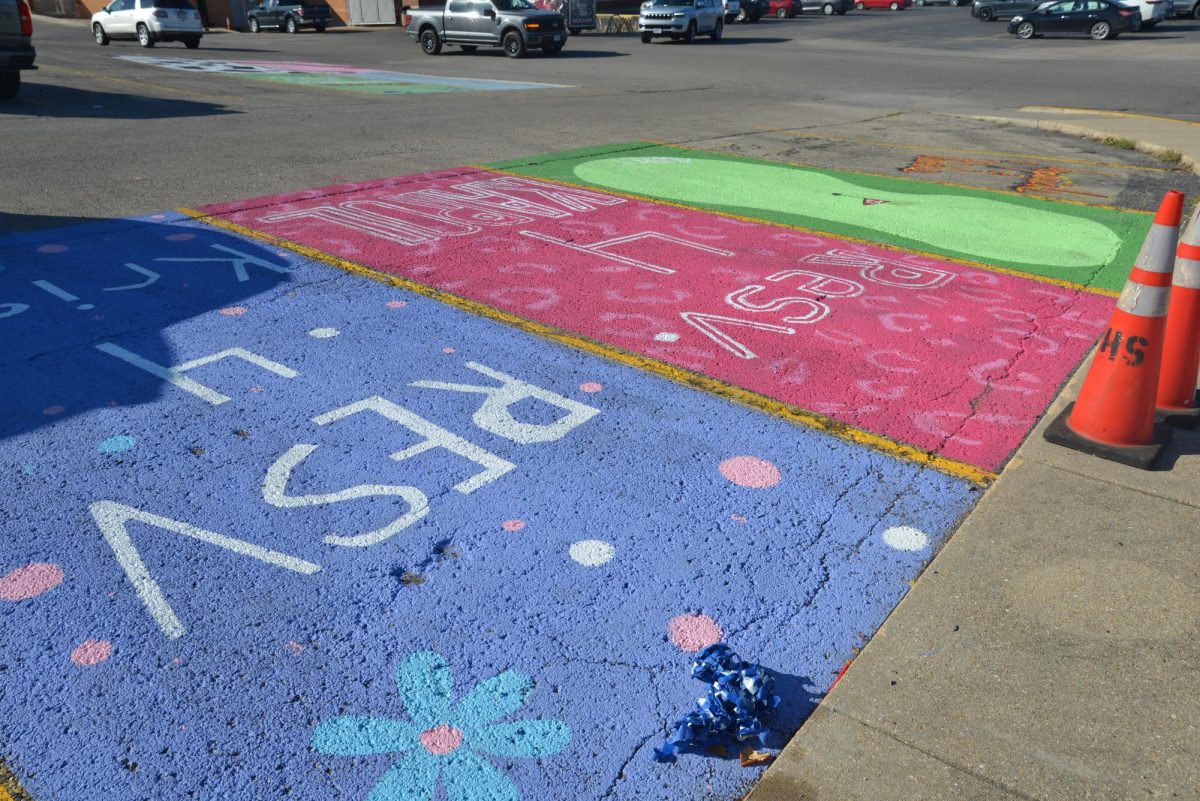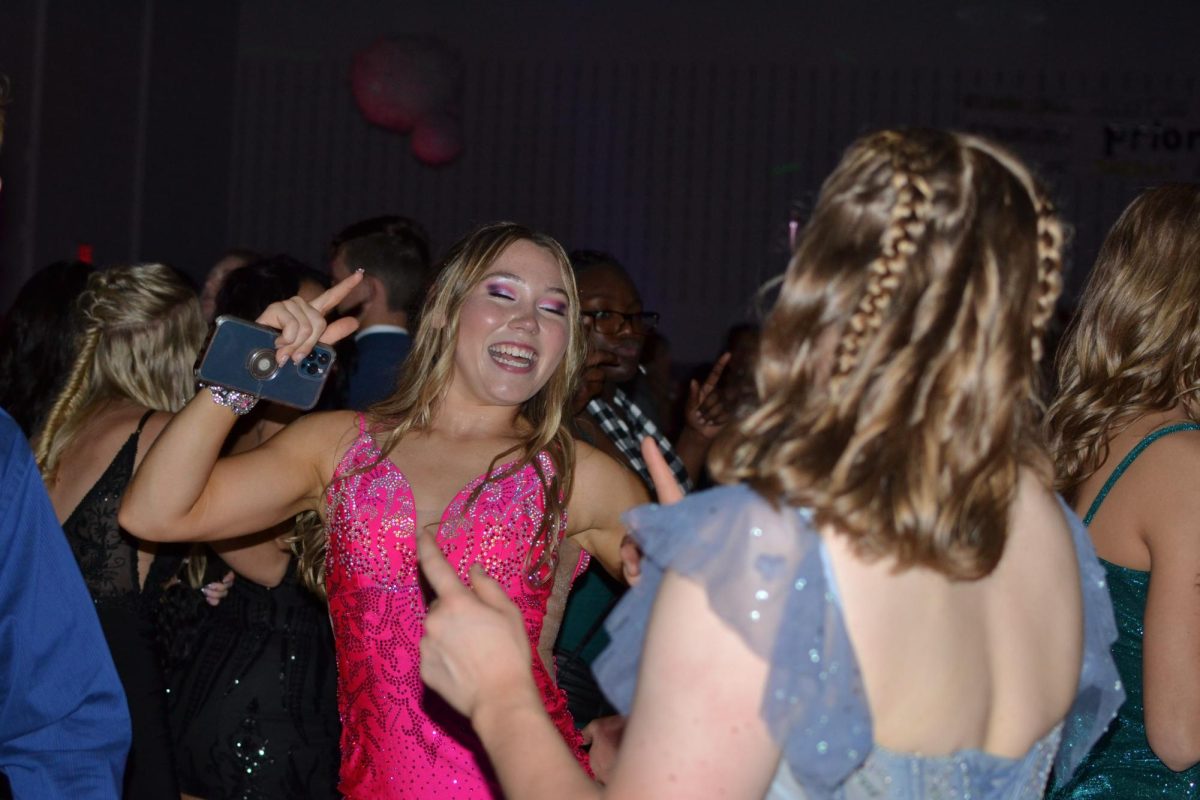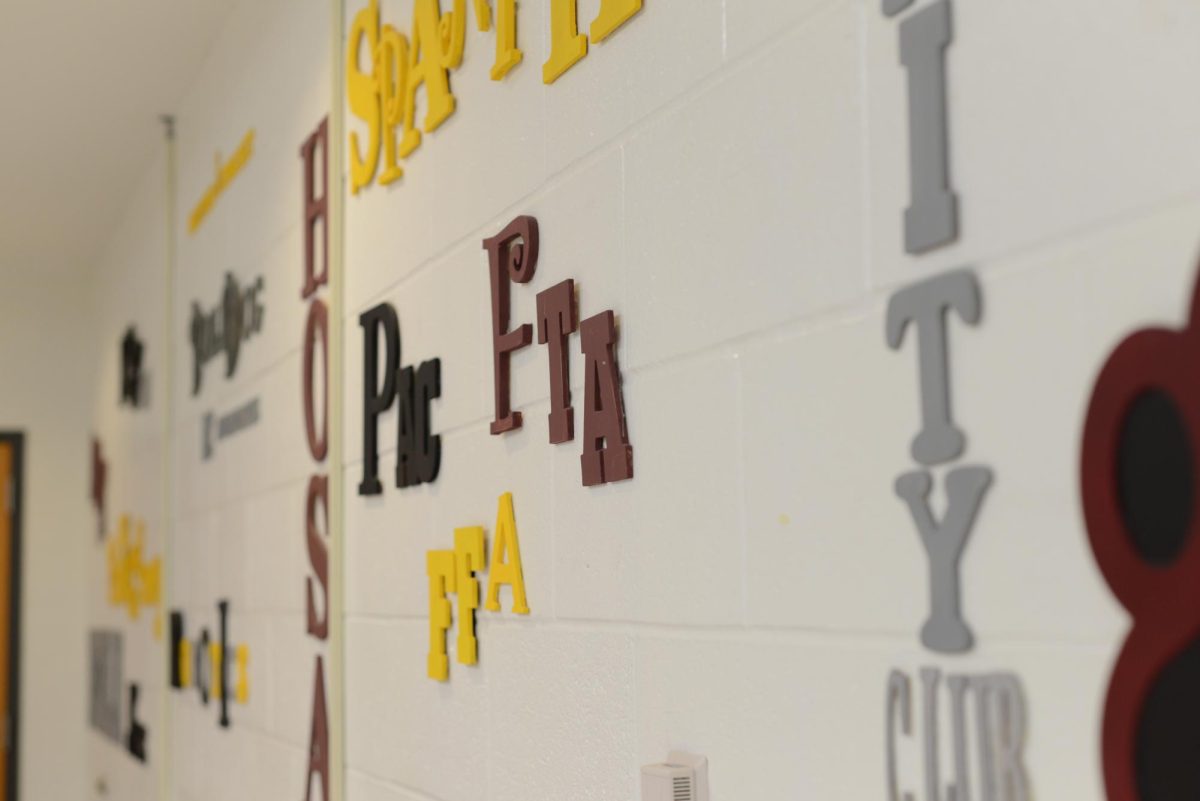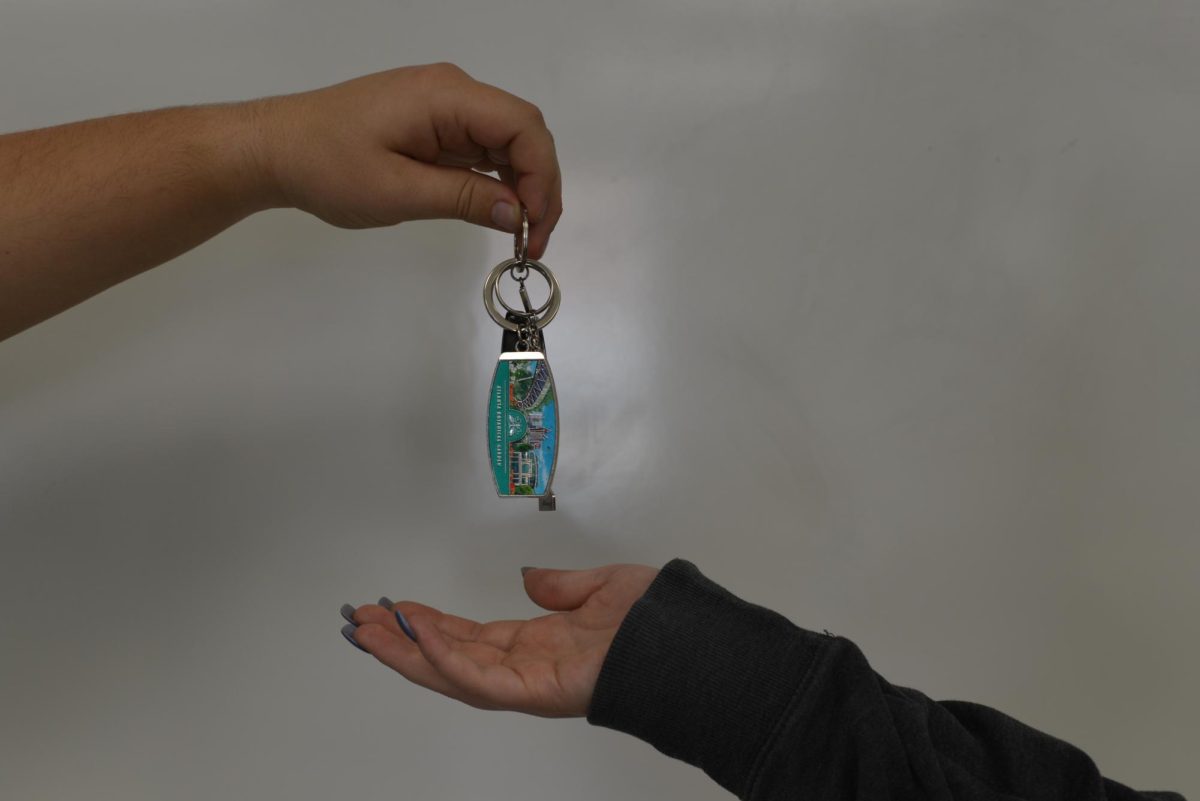The winter season is full of cliché material—the usual bustle of the holiday season, students all around praying for snow, family pets flocking to the rug nearest the fireplace, and much more. But for every 6 out of 100 Americans, the coldest months are a time of utter misery.
“It mostly happens when I do plays. Because I go in and it’s light, but when I come out, it’s dark, and it really messes with my mind,” senior Kaitlyn Tucker said.
This mindset is a recognized mood disorder known as Seasonal Affective Disorder, or more appropriately, ‘SAD.’ It is characterized by abnormal amounts of eating and sleeping, trouble awakening in the morning, and an overall haze of depression during the winter months.
“It sometimes bugs me. Not as much as other people though. I kind of counter it with reading. It distracts me,” sophomore Kess Boze said.
Scientific studies have linked the effects of SAD to the large amount of sunlight deficiency we experience during this time of the year. Important chemicals from the sun, particularly vitamin D, are absorbed through our skin when we come into contact with the rays. These chemicals have a major effect on the health and well being of our minds, and when they are not provided, we feel sluggish. The disorder often has to be treated with light therapy. However, despite these unavoidable factors, many students at RHS remain optimistic in the cold times.
“The winter season doesn’t affect me much—it only freezes me to death when I have to walk home! Other than that I don’t mind. It’s kind’ve nice actually,” junior Sindy Hunt said.
“I actually get excited in the winter, because everything at my house is really pretty. We live on a tall hill, and you can see for miles. When I get up after it’s snowed, I see a winter wonderland. I get so excited about how beautiful the landscape is that I just stand there looking out my window in amazement of what God has provided to us,” junior Cameron Smith said.



